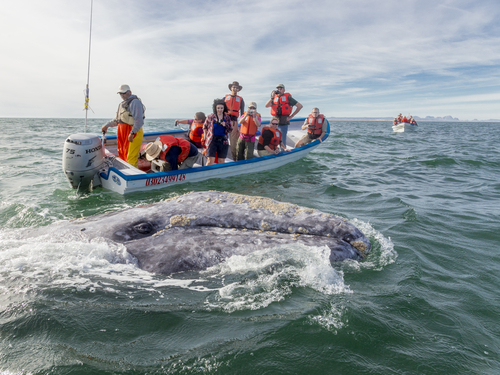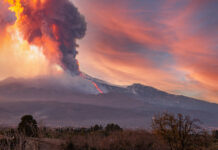
The mystery surrounding the deaths of over 2,000 Pacific gray whales since the 1980s may finally have been solved. Recent research suggests the dwindling Arctic ice, a consequence of global warming, is the primary culprit.
The melting ice led to a significant reduction in the population of coastal crustaceans, such as shrimp and scuds, which are the preferred food of these whales. This resulted in thousands of gray whales starving to death as their ecosystem collapsed.
Since the mid-1980s, gray whale populations have shown signs of recovery following a period of near extinction. However, three unusual mass die-offs have occurred since then. The first took place between 1987 and 1989, killing at least 700 gray whales.
The second event occurred between 1999 and 2000, with a more precise death toll of 651. The most recent and ongoing mass die-off began in 2019, with 688 whales reported dead so far.
Likely culprit found for recent gray whale die-off | The Daily Chronicle https://t.co/0adGEfGIiG
— Decima 🌻🔥🐳✊🏼🌿☂️🦬 (@Decima28936219) October 15, 2023
Marine ecologist Joshua Stewart, who led the investigation into these unexplained whale deaths, expressed surprise at these extreme population swings. According to him, such fluctuations were unexpected in a large, long-lived species like gray whales.
The researchers used data from the National Oceanic and Atmospheric Administration’s National Marine Fisheries Service to track and find trends in gray whale deaths. The study also revealed a decline in the health and availability of crustaceans, the primary food source for gray whales.
Researchers used data from wild-caught crustacean samples from 1970 to the present to measure the overall health of these species. The findings indicated a convergence of factors reducing the quality and availability of food for the whales.
Despite the alarming rate of gray whale deaths, there is still hope for the species. Gray whales have survived and adapted through hundreds of thousands of years of world history, weathering Ice Ages and other environmental upheavals.
Unusual Mystery of Dead Whales Washing Up on US Coast May Be Solvedhttps://t.co/rdde3NAUQx
"The melting sea ice disrupts the entire food chain.The latest die-off has caused the North Pacific gray whale population to plummet from an estimated 27,000 in 2016 to 14,500 in 2023." https://t.co/YtfE8wI7vM
— Very 0wn (@Very_0wn) October 18, 2023
This resilience suggests the risk of complete extinction is fairly low. However, Stewart warns we need to think critically about what these changes might mean for the future.
The study also found a correlation between the timing of disappearing Arctic sea ice and the decline in crustacean populations. The shrinking ice led to a loss of green algae that grows on its undersea face, which in turn resulted in smaller and less healthy populations of coastal crustaceans.
Ultimately, the research provides compelling evidence linking climate change to the mass deaths of Pacific gray whales. It underscores the urgent need for global action to mitigate the effects of climate change and protect our marine ecosystems.
As the gray whale population continues to decline, it serves as a stark reminder of the devastating impact of human-induced climate change on our planet’s biodiversity.












